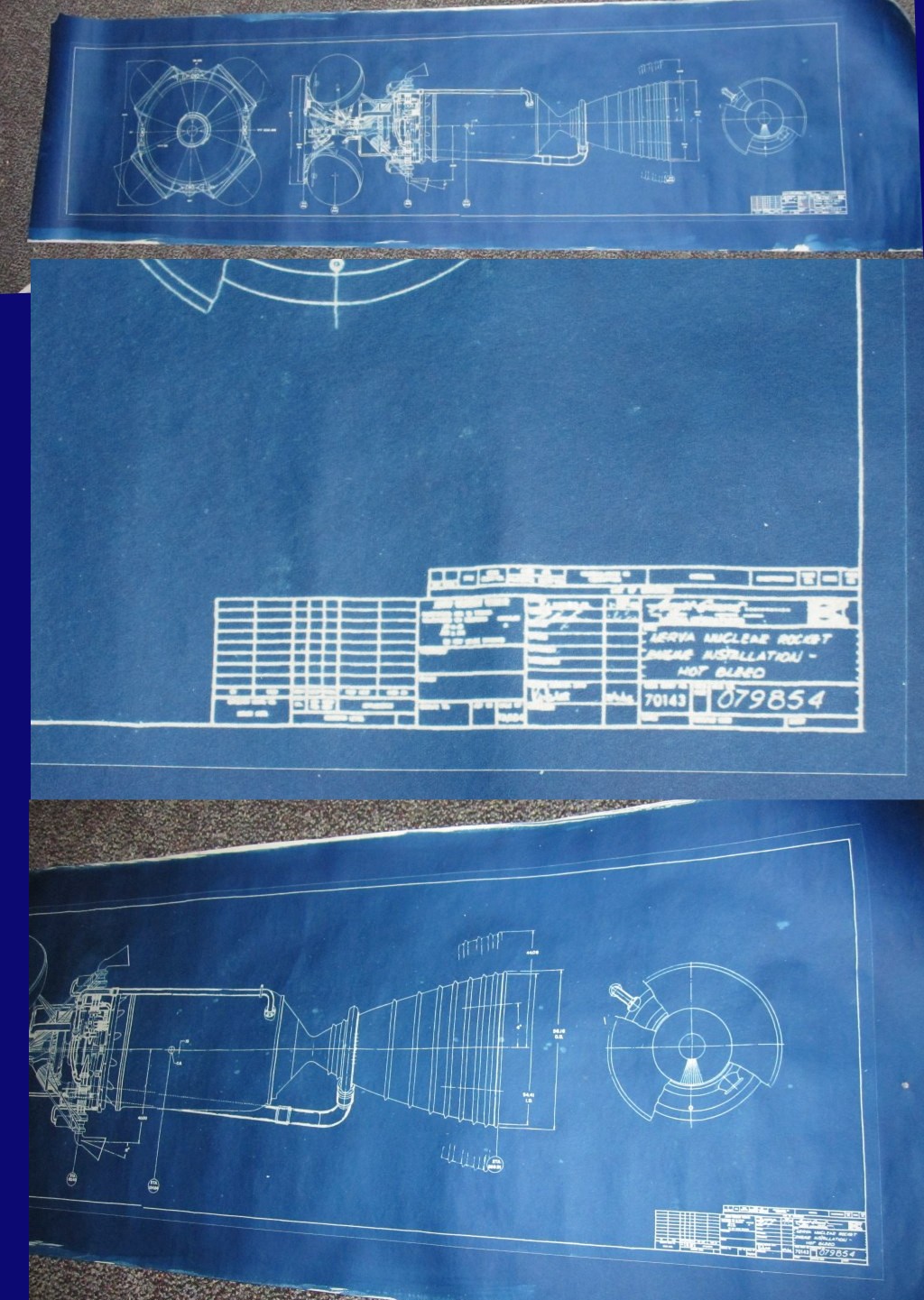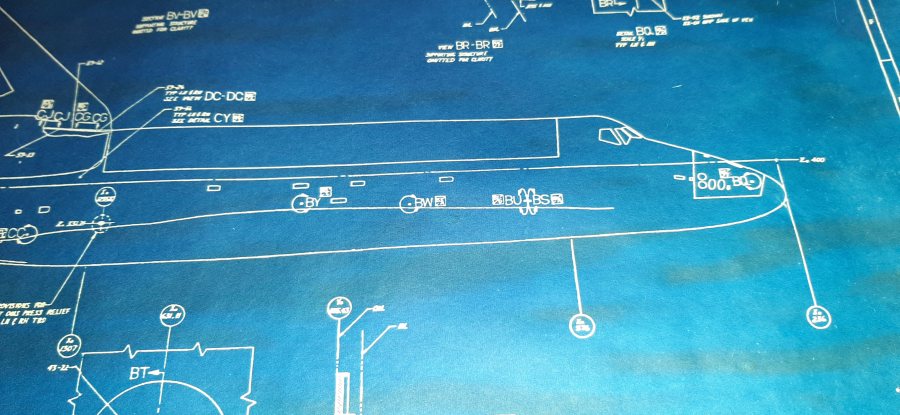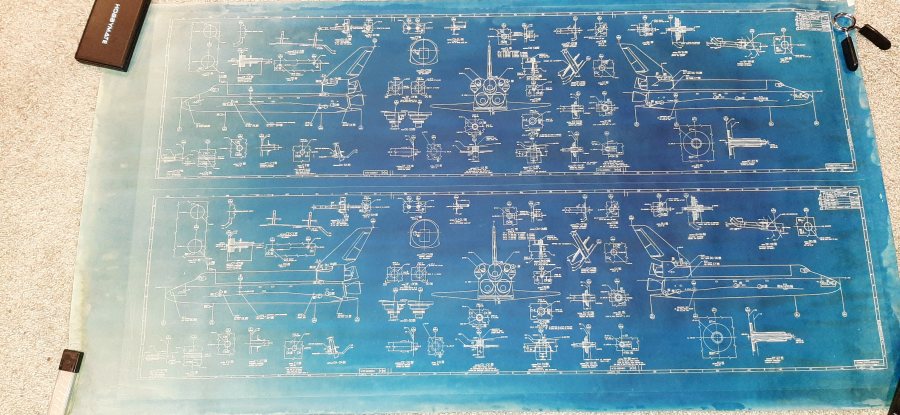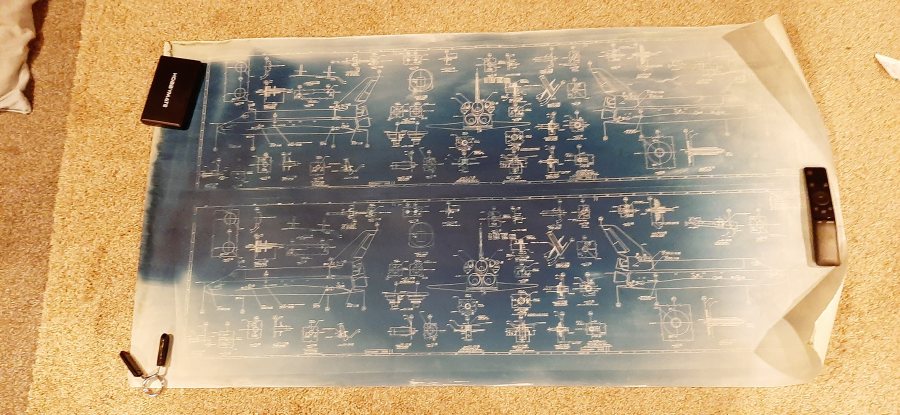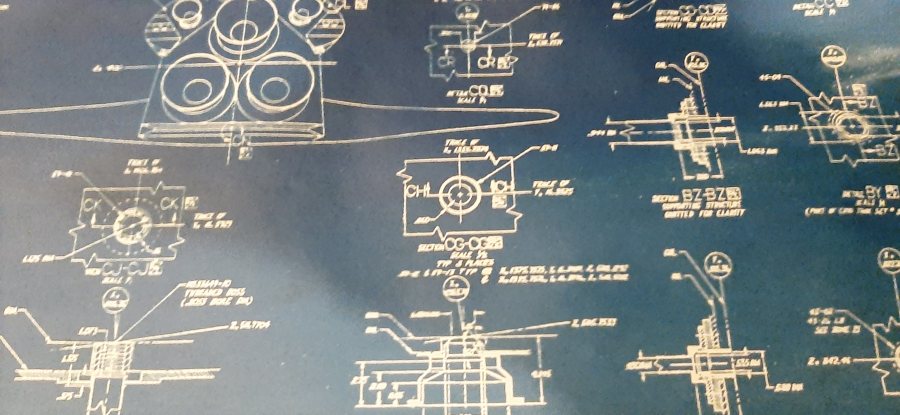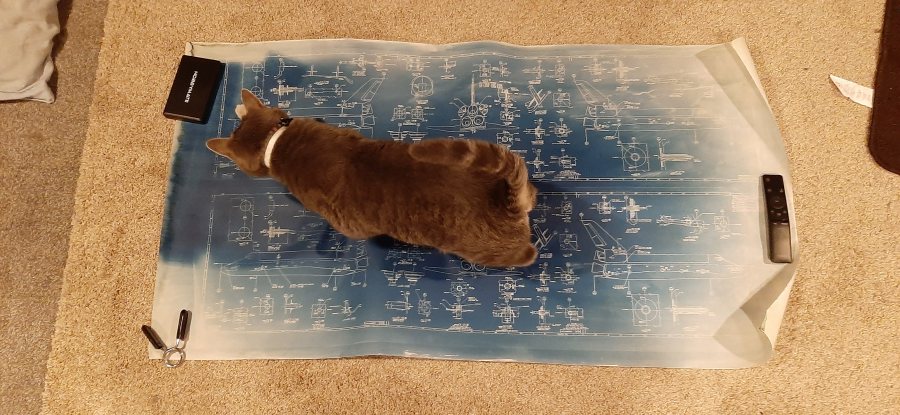Some years ago I produced a range of cyanotype blueprints of a number of aerospace subjects. The hardware needed for this was disposed of when I left Utah at the end of 2019, so starting again seemed unlikely. However, someone has expressed interest in a special commission. Rebuilding the hardware needed will be an expensive chore, and sadly getting the large format transparencies printed looks like it will be much more difficult here than it was in Utah. Nevertheless, at this point it looks probable that I will restore that capability sometime in the next few months, assuming one further detail can be ironed out.
You can see my now-defunct catalog here:
https://www.aerospaceprojectsreview.com/catalog/cyan.htm
When I get back to it I will probably focus on the larger format stuff rather than the smaller prints. I have plans on how to improve upon the prior hardware to make things work better and more efficiently. If there are any of the former large format prints you’d like to see returned to production, or you have any prints you’d like to see, let me know. And once this is up and running I plan on trying to take commissions, working with a local print shop to find customers interested in this somewhat unusual and certainly obsolete form of art.
If you have a diagram you’d like me to turn into a cyanotype, contact me. Commissions aren’t going to be restricted to aerospace subjects; naval, architectural, movie props, whatever you’ve got, so long as it *can* be blueprinted, once things are in place I should be able to do it. 

